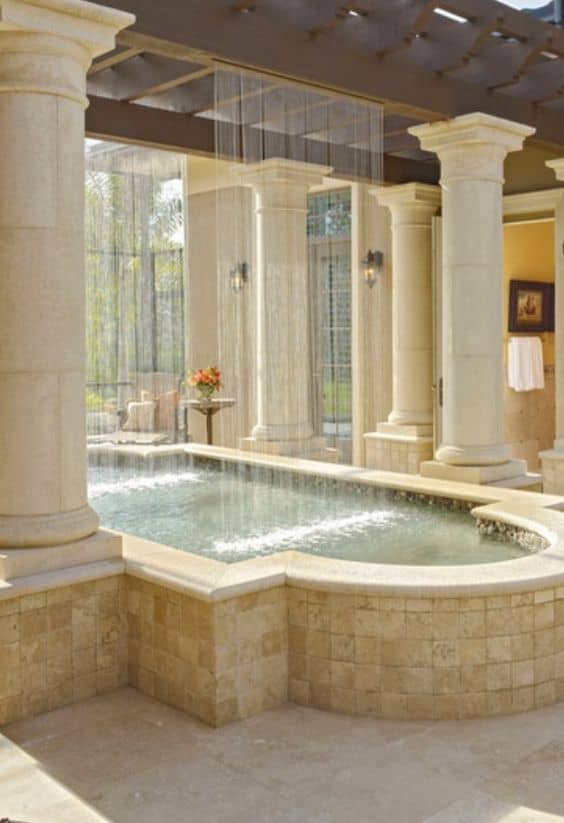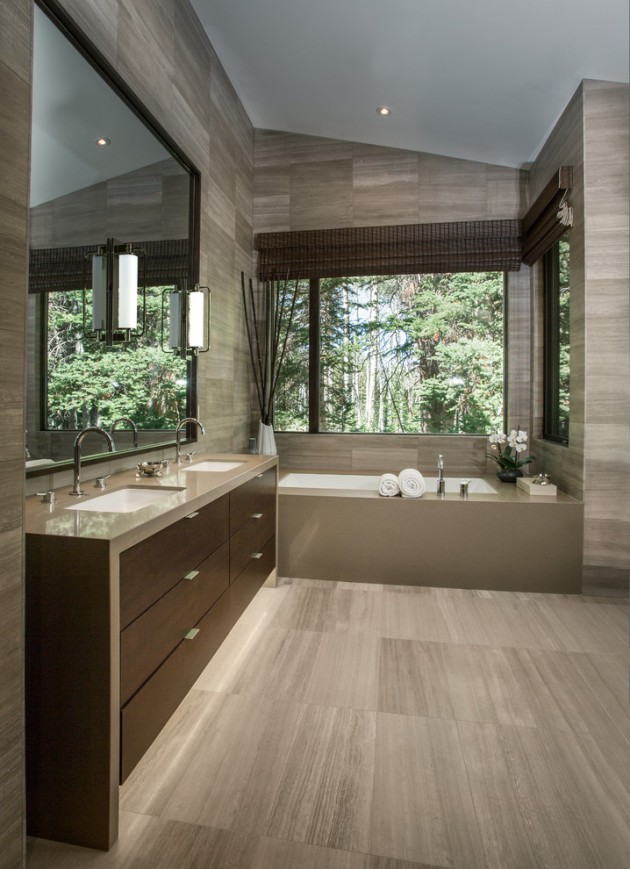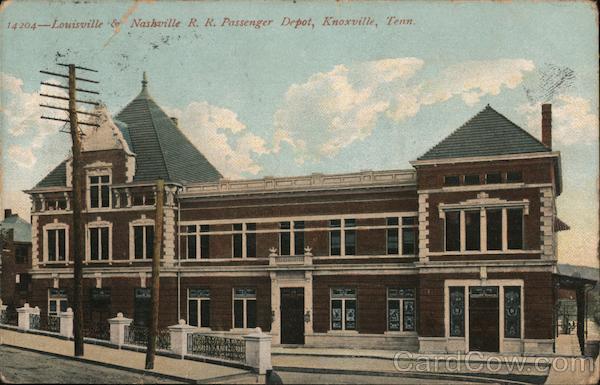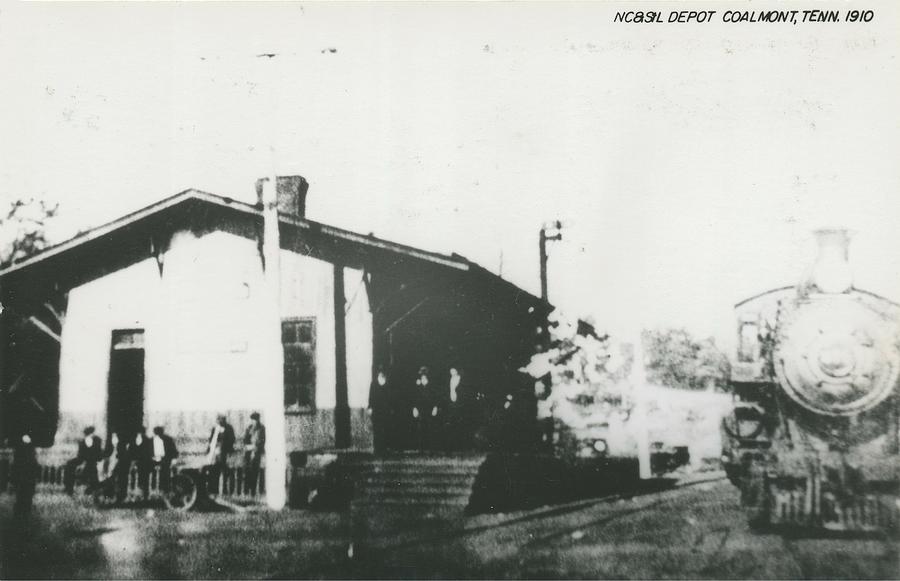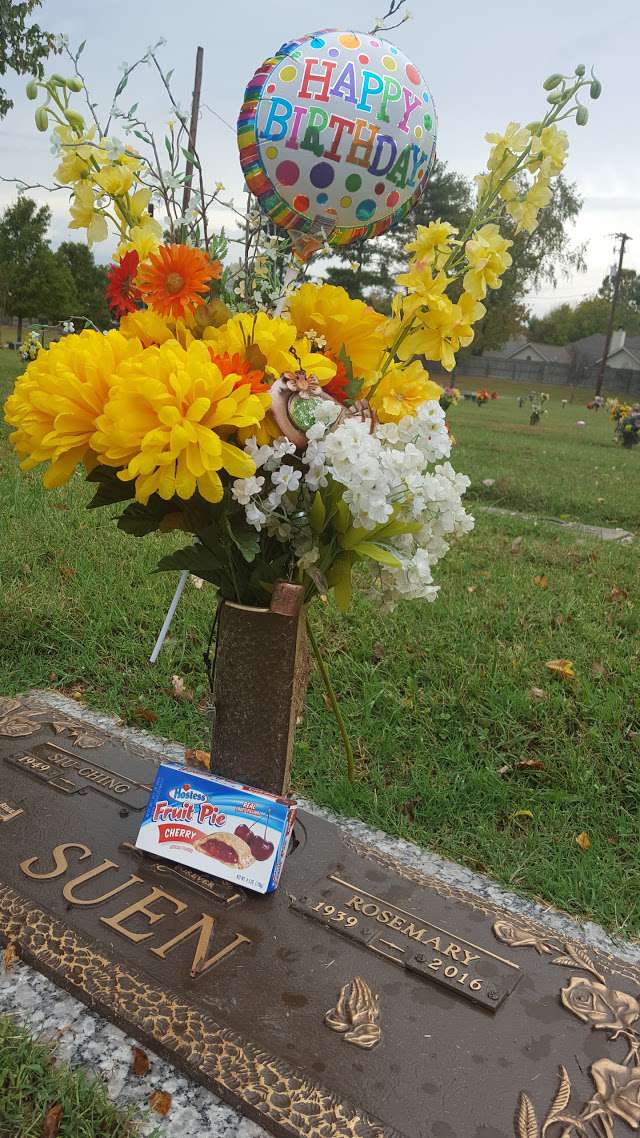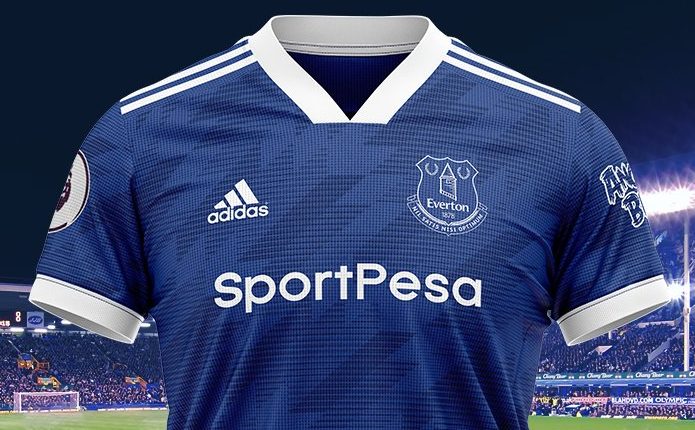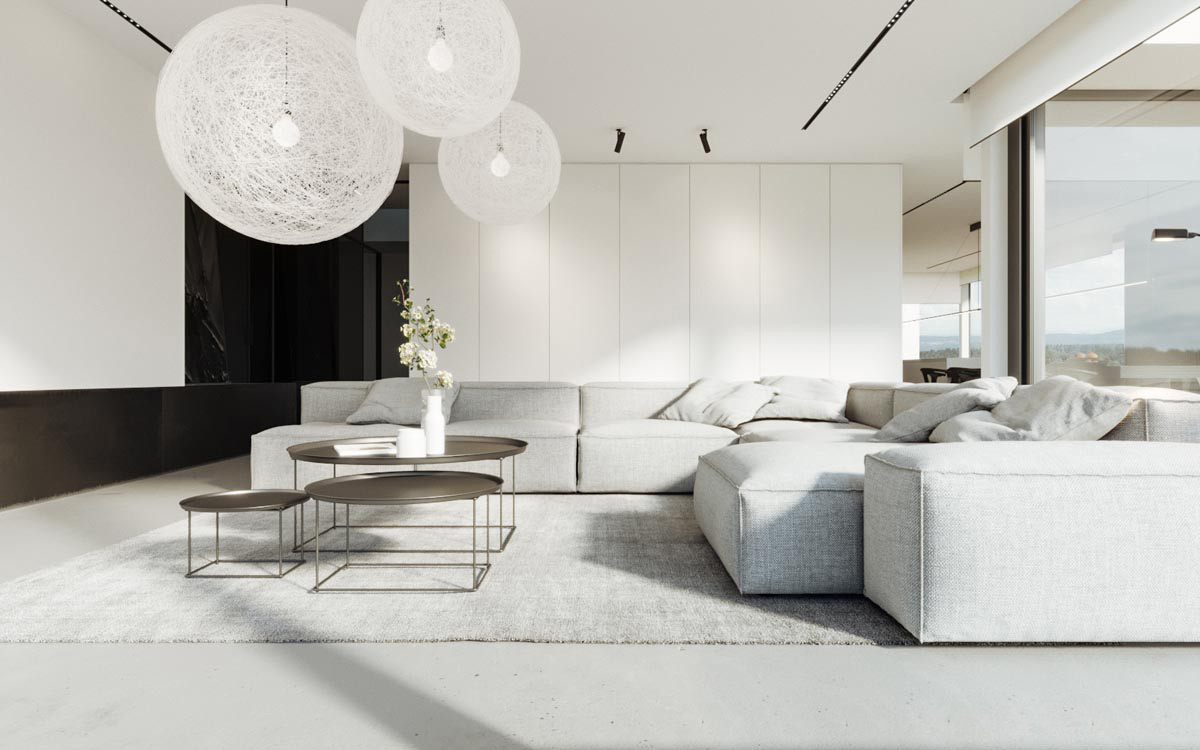Table of Content
What’s even better is that these inexpensive components can be brought together to create a NAS system which, if it was shop-bought, could easily set you back thousands of dollars. Of course, you can choose to use more expensive parts for a more streamlined and efficient build but, crucially, that’s entirely up to you. If you want to share data between your network and your home computer, you may not need a NAS.
And getting 110MB/sec read and 110MB/s read speeds is plenty for me to deal with ProRes 422 HQ in daVinci Resolve. The RAID configuration would not extend to the expansion storage so the unit will end up just to be a pricey way of just make more room. One of the most underestimated business resources that catches out most small and medium businesses is storage. Everything from its storage, and availability, to management and security, needs careful consideration. Ryan loves eating blueberry cheesecake and watching movies at the same time. When not rewatching the John Wick trilogy for the 11th time, he spends his hours doing research, writing and data analysis.
Help and support
You can now access your files from anywhere, stream media to your devices, and back up your data. Network-attached storage allows you to save files from your computer and mobile devices to external hard drives via your home or office wireless network. It is possible to build an excellent storage server out of an old computer. It is simple to store an old computer in your home or office if there is enough space inside your home or office.
I decided to apply the same strategy for my new build. I wanted a system that met my current needs with room to grow. My rough target was to start with 20 TB of usable storage and extra headroom for up to 30 TB if I add disks later. Before building my own homelab NAS, I used a 4-disk Synology DS412+ for seven years.
TrueNAS 🔗︎
For unencrypted volumes, I was surprised to see my rusty, 7-year-old Synology outperform my shiny, new TrueNAS build. Synology was 31% faster at reading small files and 10% faster on large files. TinyPilot allows me to mount the TrueNAS installer ISO without plugging in a flash drive, keyboard, or monitor. This is the first system I’ve ever built that doesn’t expose the back face of the PSU outside of the case. Instead, the case has a short NEMA extension cable that routes the internal PSU to the case’s own external power input. The idea is that writing to an SSD is orders of magnitude faster than writing to multiple spinning disks.

Use the pull-down menu to select a filesystem for the drives/NAS. What we can actually do is to buy at least 2 pieces of SATA hard disk drives with a capacity of 2 TB each and implement the RAID data redundancy system. This is needed in order to take into consideration the possible data loss as a result of a possible mechanical failure of the hard disk drives.
How to build your own NAS (and more) from an old PC
A basic 5,400 RPM mechanical drive with a ton of storage space is all you need. Everyone has their brand preference – I’ve had good luck with Seagate drives – but any major brand name should do nicely. Powerful hardware is not needed for network storage and increase a system’s heat and power generation. Now is a great time to press an old dual-core back into service.

Also, if a product is easy to carry or moveable without the help of anyone gets an additional plus point. Select a product that is easy to install, so you do not have to hire professionals. Apparently, you can also grow mirrors by replacing the older drives with newer ones one-by-one and rebuilding each time . At the end, ZFS will expand the mirror to the new size. That said, disks are kind of cheap, and redundancy is an easy way to have an extra copy of the data. If you remember the rule, redundancy can add 1 to the first part , but but never to the second or third part (off-site backup).
Readers with some money to spend should just head to Newegg and browse new Mini-ITX and Micro-ATX cases. I’m a fan of theLian-Li PC-Q07for a compact NAS or theAntec NSK3480for a larger, multi-driver system. You could also use a full ATX tower, of course – it will just take up more space. Garage sales, thrift stores, Craigslist…they seem to be everywhere.
When it comes to building a NAS for Plex, this is where specifications matter more. If you’re considering 4K transcoding, you will require a considerably powerful processor . Everything else can largely remain the same as the home NAS build. Not much power is needed for a NAS – most will never exceed 100 watts in draw – so go with cheap and reliable. The current world keeps moving so fast, and we are always on the go. Besides, these days products that eat up a lot of space are not very liked by buyers as everyone wants their household to have a compact outlook.
Plug an external hard drive or even a USB flash drive into the USB port. The router has built-in NAS software that can do the rest, exposing it to the network as a NAS. You can enable the NAS server from your router’s web interface and set everything up. Instead of labeling 20 external hard drives and keeping them in a secure location, it may be a good idea to build a network-attached storage server.
I have to mention here that I ran into some trouble by initially installing version 10 ALPHA of freeNAS. So I installing version 9.10 I had trouble crating a RAIDz2 volume since the manager got confused seeing some remnant signs of the initial freeNAS 10 installation. I ended up re-installing freeNAS 9.10 on a brand new USB drive and that did the trick. Since you can manage all aspects of OMV remotely, once you’re done installing it, you can disconnect the monitor and keyboard and run this computer as a headless NAS server.
Most of my usage is over the network, so a local disk benchmark will completely miss bottlenecks in the networking stack. The last pitfall to avoid is shingled magnetic recording technology. ZFS performs poorly on SMR drives, so if you’re building a NAS, avoid known SMR drives. If the drive is labeled as CMR, that’s conventional magnetic recording, which is fine for ZFS. In the 8 TB range, there aren’t many drives below 7200 RPM, but you can go up to 10k RPM. For my NAS, speeds above 7200 RPM wouldn’t make a difference because the bottleneck is the network.
